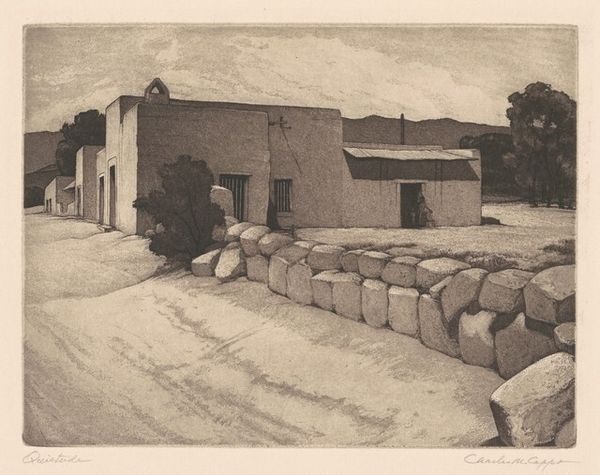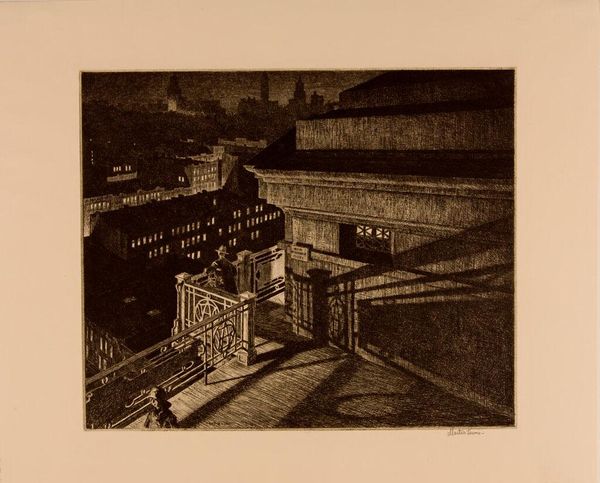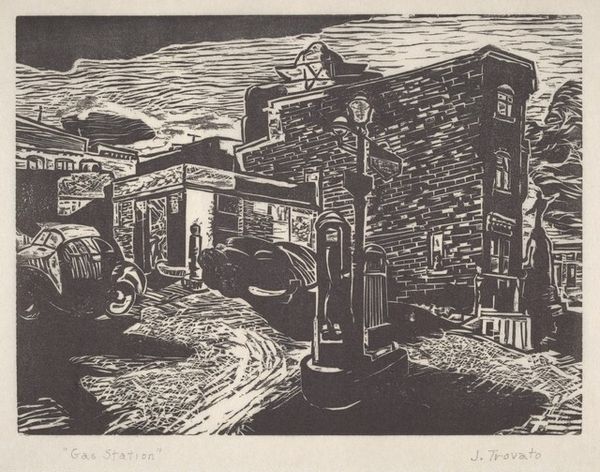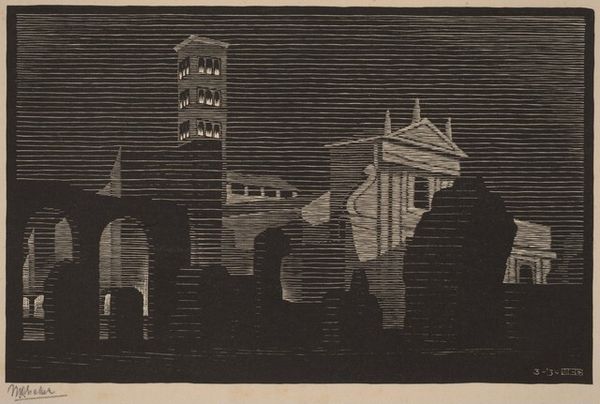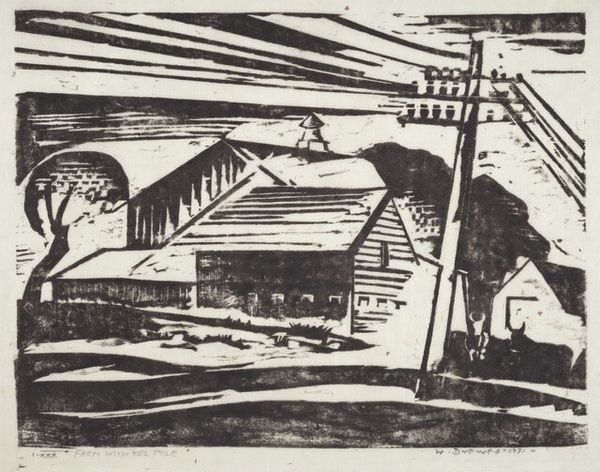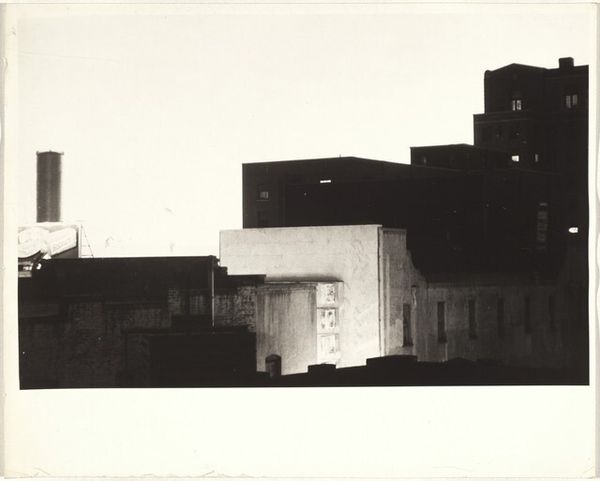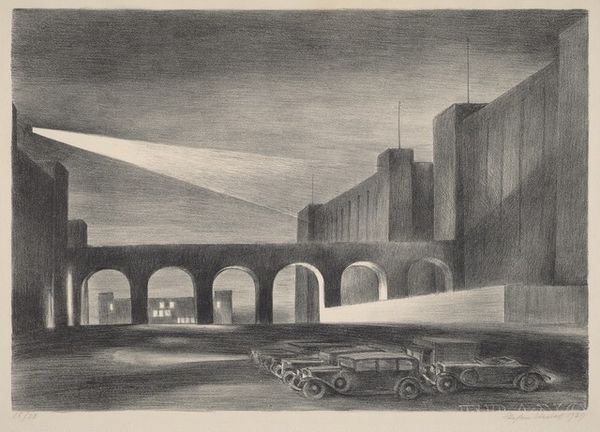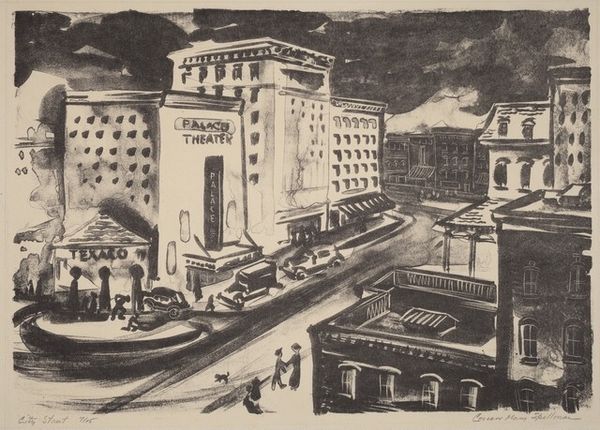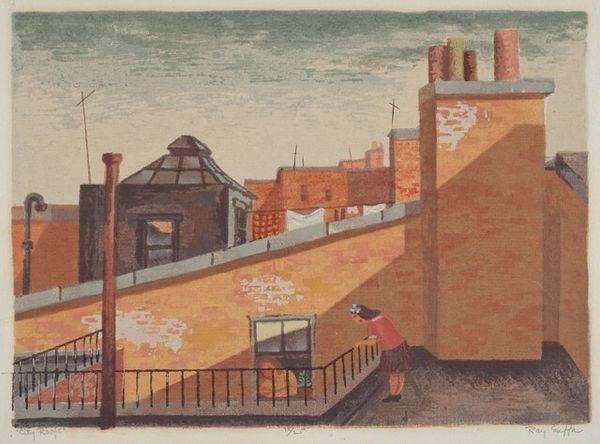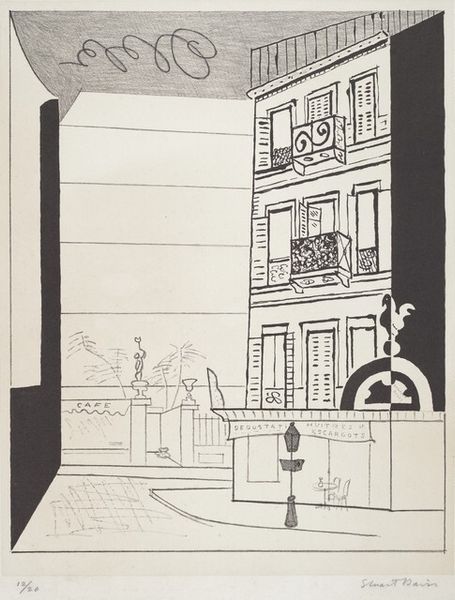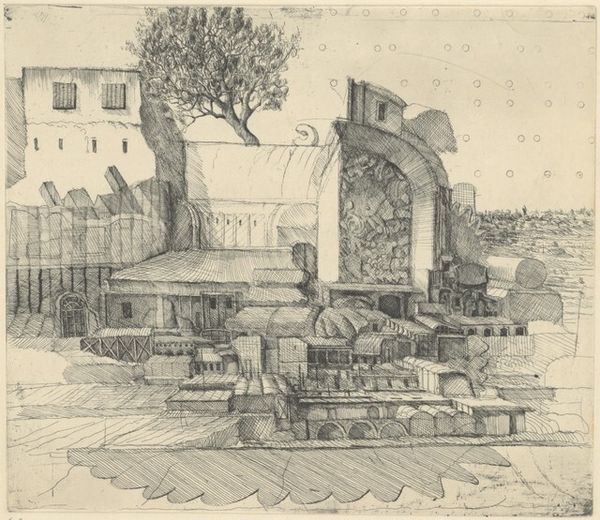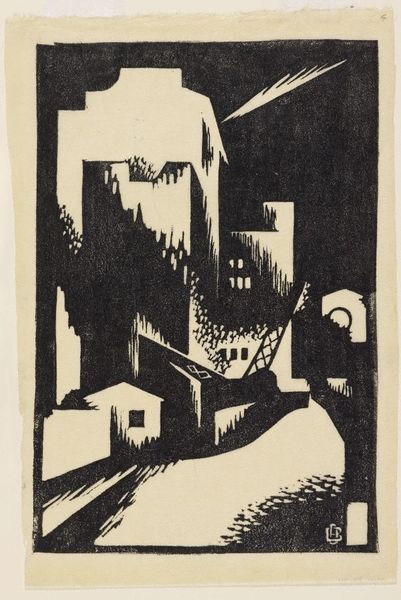
drawing, print, architecture
#
drawing
# print
#
geometric
#
cityscape
#
modernism
#
architecture
Copyright: National Gallery of Art: CC0 1.0
M.C. Escher made this lithograph of the Basilica of Constantine in 1934. Here, Escher offers his vision of the ancient Roman basilica, now a Protestant church, in Trier, Germany. The image creates meaning through its stark contrasts, typical of Escher's work, but also through its subject. Trier, near the border of Luxembourg, was once a vital Roman administrative center and, later, a center of early modern religious and political life. In 1934, when Escher made this print, Germany was on the cusp of immense social upheaval. It's hard to say whether Escher was making a direct comment on the moment, but he was certainly aware of the deep historical layers of German culture. The looming basilica stands as a monument to time and change. To understand art like this, it helps to delve into history books, architectural studies, and even political documents. The meaning of art is always tied to its social and institutional context.
Comments
No comments
Be the first to comment and join the conversation on the ultimate creative platform.

